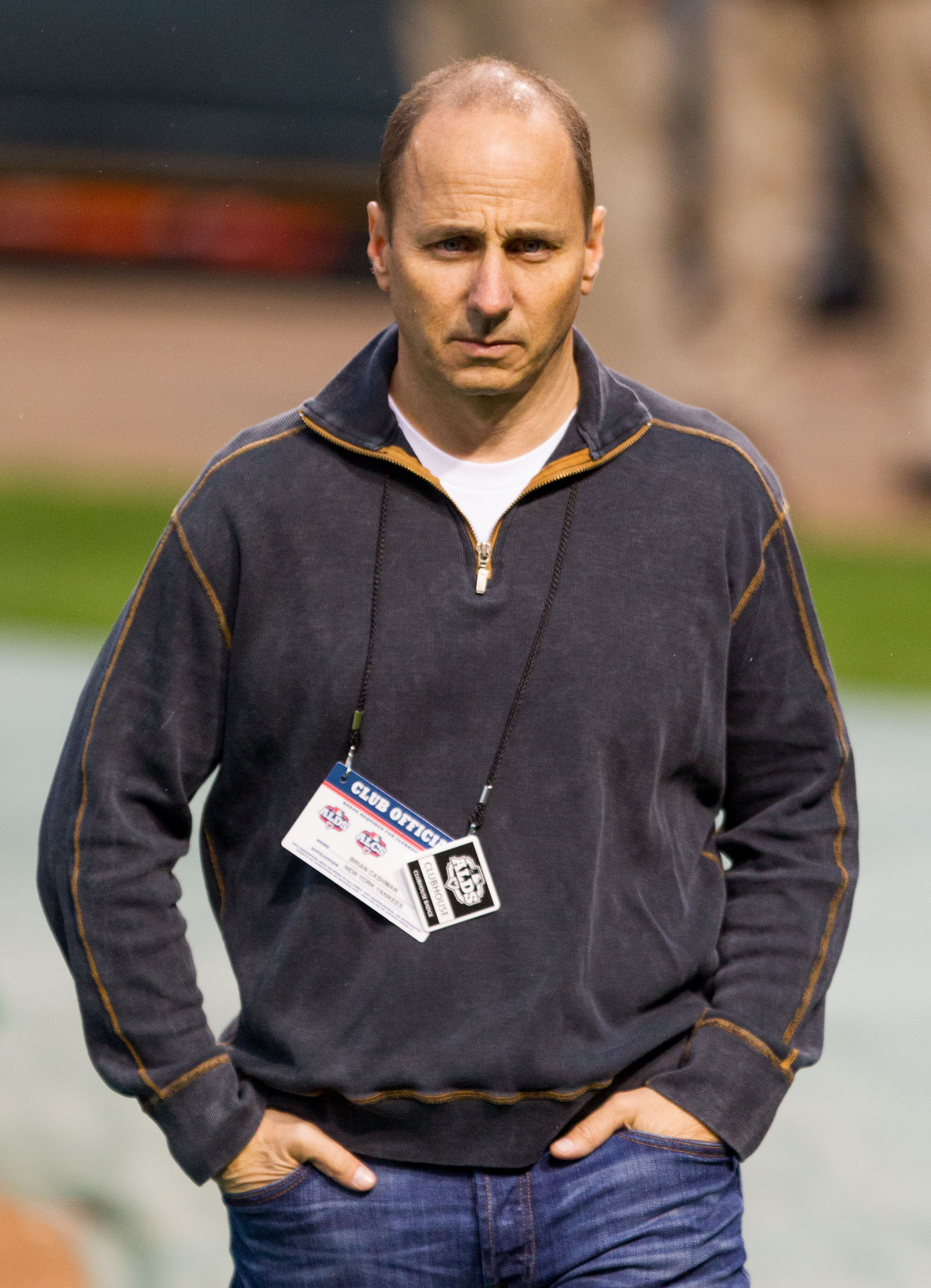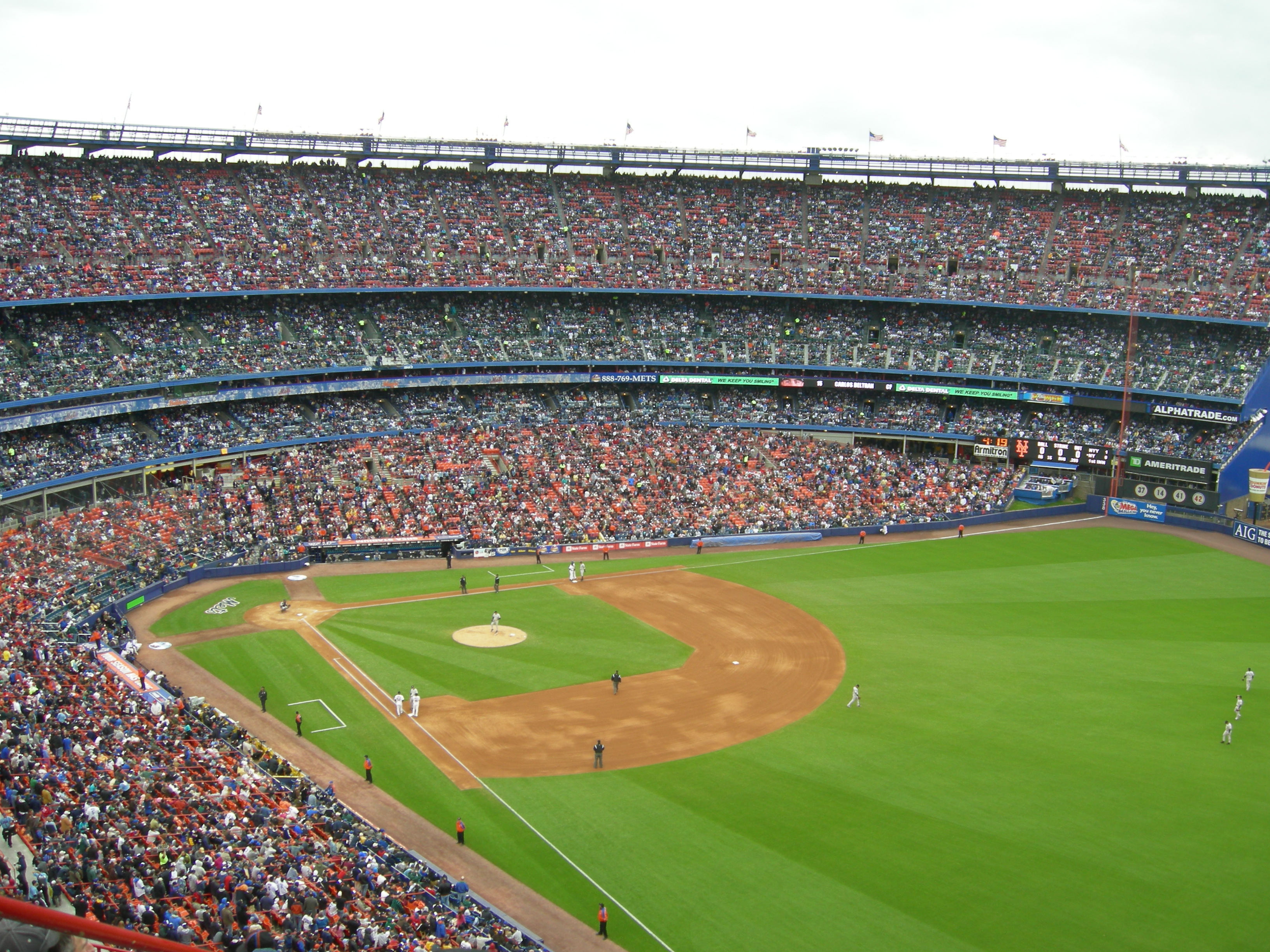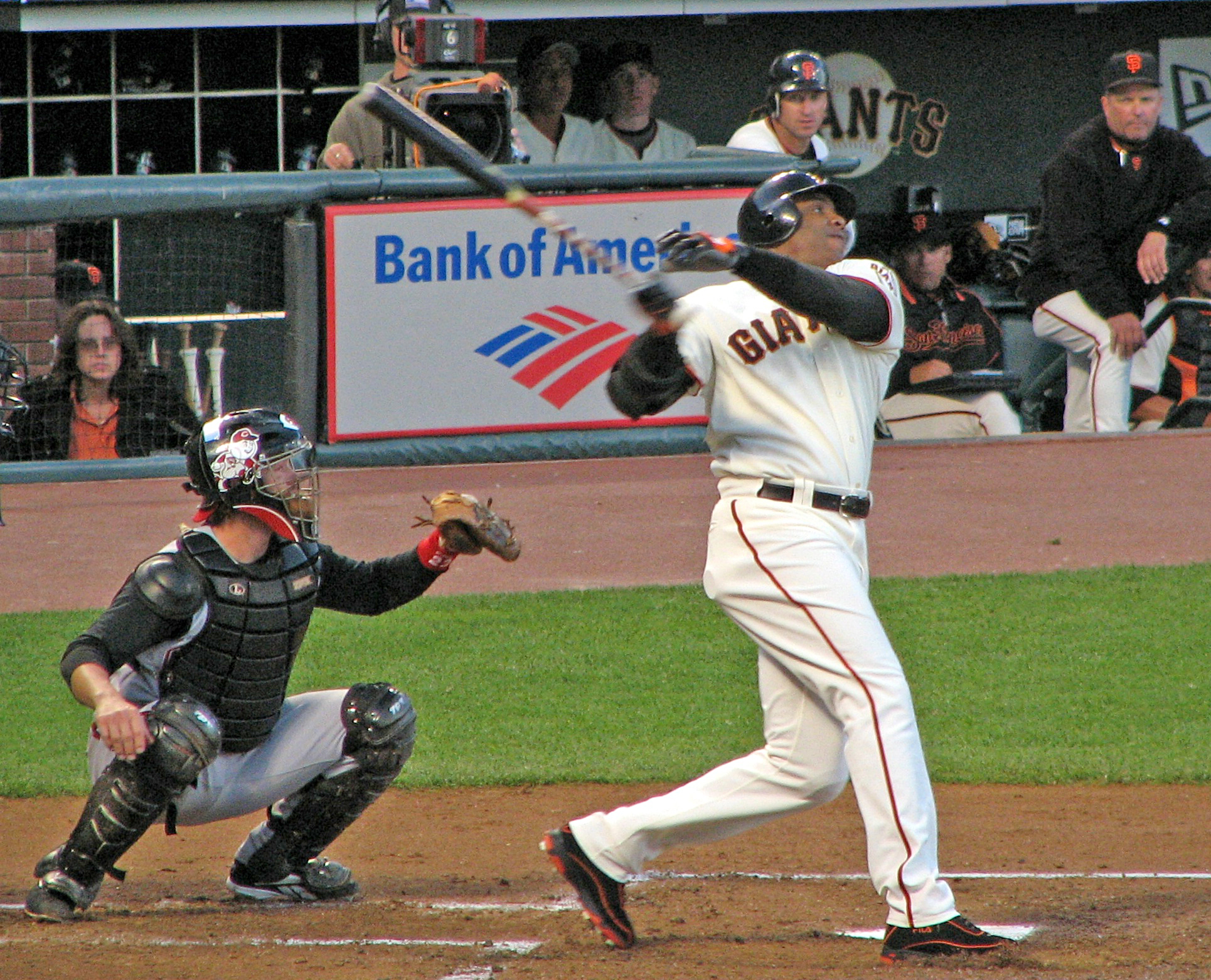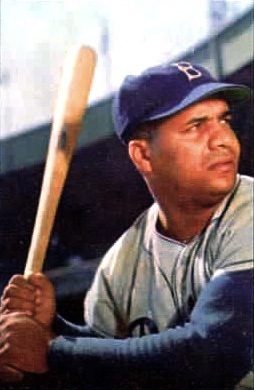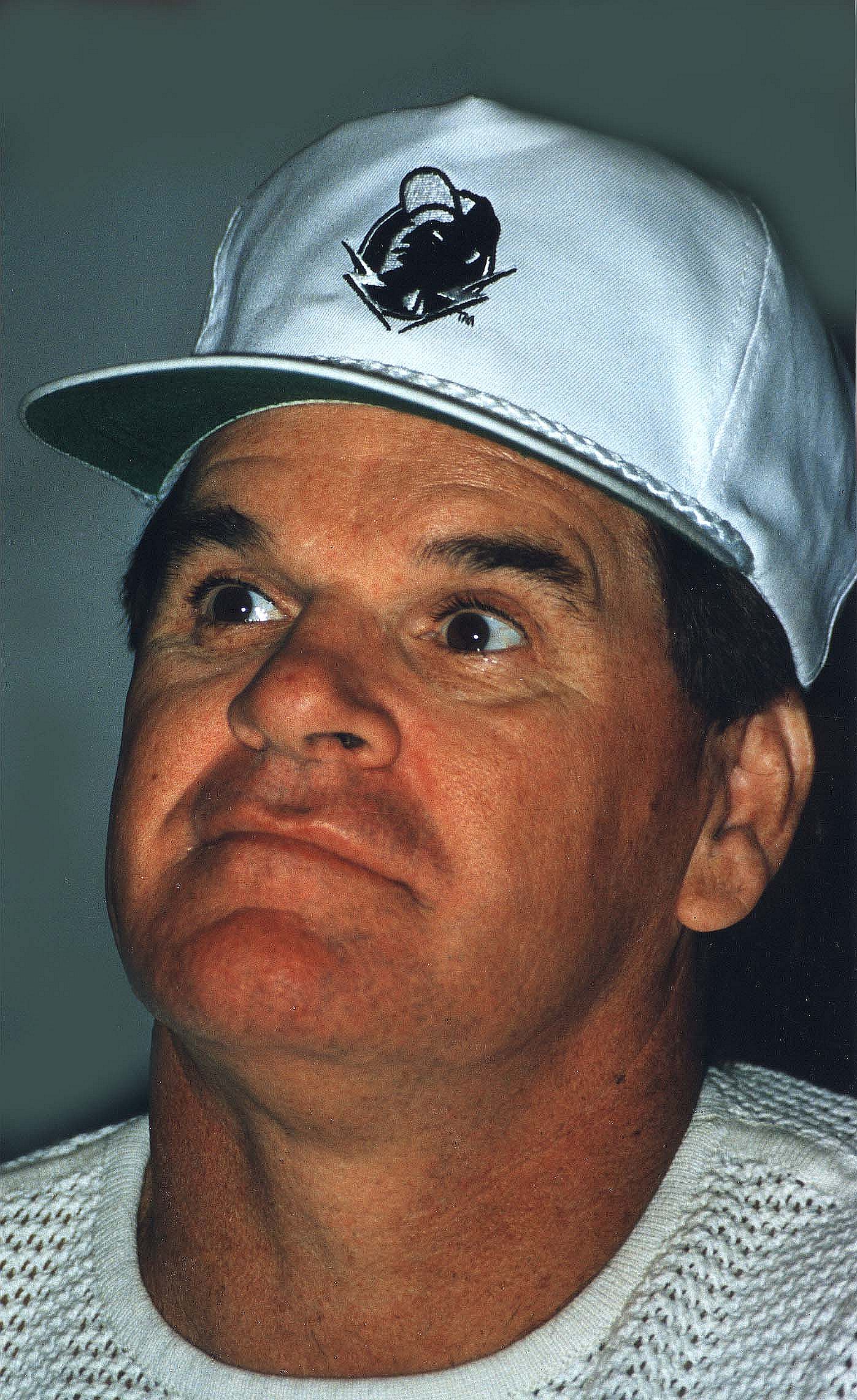|
Vance Dinges
Vance George Dinges (May 29, 1915 – October 4, 1990) was an American professional baseball player. He appeared in 159 Major League games as a first baseman and outfielder for the 1945 and 1946 Philadelphia Phillies. The native of Elizabeth, New Jersey, threw and batted left-handed; he stood tall and weighed . Dinges' professional career lasted eleven seasons, 1938 through 1948. He was acquired by the Phillies from the Boston Red Sox in the 1944 Rule 5 draft; Phils' general manager Herb Pennock had previously been the head of the Red Sox' farm system. He made his MLB debut on April 17, 1945, and singled in his first at bat off Curt Davis of the Brooklyn Dodgers. He served as a backup outfielder and first baseman that seasons, appearing in 109 games and batting .287. He also hit his first MLB home run that April 24, a solo blast off the New York Giants' Andy Hansen. Dinges was named a member of the 1945 National League All-Star squad by The Sporting News. But no midsum ... [...More Info...] [...Related Items...] OR: [Wikipedia] [Google] [Baidu] |
First Baseman
A first baseman, abbreviated 1B, is the player on a baseball or softball team who fields the area nearest first base, the first of four bases a baserunner must touch in succession to score a run. The first baseman is responsible for the majority of plays made at that base. In the numbering system used to record defensive plays, the first baseman is assigned the number 3. Also called first sacker or cornerman, the first baseman is ideally a tall player who throws left-handed and possesses good flexibility and quick reflexes. Flexibility is needed because the first baseman receives throws from the other infielders, the catcher and the pitcher after they have fielded ground balls. In order for the runner to be called out, the first baseman must be able to ''stretch'' towards the throw and catch it before the runner reaches first base. First base is often referred to as "the other hot corner"—the "hot corner" being third baseman, third base—and therefore, like the third baseman ... [...More Info...] [...Related Items...] OR: [Wikipedia] [Google] [Baidu] |
General Manager (baseball)
In Major League Baseball, the general manager (GM) of a team typically controls player transactions and bears the primary responsibility on behalf of the ballclub during contract discussions with players. Roles and responsibilities The general manager is normally the person who hires and fires the coaching staff, including the field manager who acts as the head coach. In baseball, the term ''manager'' used without qualification almost always refers to the field manager, not the general manager. Before the 1960s, and in some rare cases since then, a person with the general manager title in sports has also borne responsibility for the non-player operations of the ballclub, such as ballpark administration and broadcasting. Ed Barrow, George Weiss and Gabe Paul were three baseball GMs noted for their administrative skills in both player and non-player duties. History and evolution In the first decades of baseball's post-1901 modern era, responsibilities for player acquisition ... [...More Info...] [...Related Items...] OR: [Wikipedia] [Google] [Baidu] |
National League (baseball)
The National League of Professional Baseball Clubs, known simply as the National League (NL), is the older of two leagues constituting Major League Baseball (MLB) in the United States and Canada, and the world's oldest extant professional team sports league. Founded on February 2, 1876, to replace the National Association of Professional Base Ball Players (NAPBBP) of 1871–1875 (often called simply the "National Association"), the NL is sometimes called the Senior Circuit, in contrast to MLB's other league, the American League, which was founded 25 years later and is called the "Junior Circuit". Both leagues currently have 15 teams. The National League survived competition from various other professional baseball leagues during the late 19th century. Most did not last for more than a few seasons, with a handful of teams joining the NL once their leagues folded. The American League declared itself a second major league in 1901, and the AL and NL engaged in a "baseball war" durin ... [...More Info...] [...Related Items...] OR: [Wikipedia] [Google] [Baidu] |
Andy Hansen
Andrew Viggo Hansen Jr. (November 12, 1924 – February 2, 2002), nicknamed "Swede", was a right-handed pitcher in Major League Baseball. In a nine-season career, he played for the New York Giants (NL), New York Giants and the Philadelphia Phillies. Hansen was officially listed as standing and weighing . He was nicknamed ''Swede'' despite being of Denmark, Danish ancestry, according to The Sporting News' ''Baseball Register.'' A two-sport star in high school, Hansen rose quickly through the Giants' Minor League Baseball, minor league system and made his major league debut at age 19. He played for the Giants until 1946, when he voluntarily retired due to a family illness and then served in the United States Army. He returned to baseball in 1947 and earned a career-best five win (baseball), wins in 1948. After a contract holdout in 1949, Hansen's bullpen workload increased in 1950, leading to an elbow injury and the Giants sending him to the Phillies in the Rule 5 draft. Hansen ... [...More Info...] [...Related Items...] OR: [Wikipedia] [Google] [Baidu] |
New York Giants (NL)
The New York Giants were a Major League Baseball team in the National League that began play in the season as the New York Gothams and became known as the Giants in . They continued as the New York Giants until the team moved to San Francisco, California after the 1957 season, where the team continues its history as the San Francisco Giants. The team moved west at the same time as its longtime rival, the Brooklyn Dodgers, also in the National League, moved to Los Angeles in southern California as the Los Angeles Dodgers, continuing the National League, same- state rivalry. During most of their 75 seasons in New York City, the Giants played home games at various incarnations of the Polo Grounds in Upper Manhattan. Numerous inductees of the National Baseball Hall of Fame and Museum played for the New York Giants, including Christy Mathewson (a member of the Hall of Fame's inaugural class), John McGraw, Mel Ott, Bill Terry, Willie Mays, Monte Irvin, Frankie Frisch, Ro ... [...More Info...] [...Related Items...] OR: [Wikipedia] [Google] [Baidu] |
Home Run
In baseball, a home run (abbreviated HR) is scored when the Baseball (ball), ball is hit in such a way that the batting (baseball), batter is able to circle the bases and reach home plate safe (baseball), safely in one play without any error (baseball), errors being committed by the Defense (sports), defensive team. A home run is usually achieved by hitting the ball over the outfield fence between the foul poles (or hitting either foul pole) without the ball touching the Baseball field, field. Inside-the-park home runs where the batter reaches home safely while the baseball is in play on the field are infrequent. In very rare cases, a fielder attempting to catch a ball in flight may misplay it and knock it over the outfield fence, resulting in a home run. An official scorer will credit the batter with a hit (baseball), hit, a Run (baseball), run scored, and a run batted in (RBI), as well as an RBI for each Base running, runner on base. The pitcher is recorded as having given u ... [...More Info...] [...Related Items...] OR: [Wikipedia] [Google] [Baidu] |
Batting Average (baseball)
In baseball, batting average (BA) is determined by dividing a player's hits by their total at-bats. It is usually rounded to three decimal places and read without the decimal: A player with a batting average of .300 is said to be "batting three hundred". If necessary to break ties, batting averages could be taken beyond the .001 measurement. In this context, .001 is considered a "point", such that a .235 batter is five points higher than a .230 batter. History Henry Chadwick, an English statistician raised on cricket, was an influential figure in the early history of baseball. He is credited with creating the modern box score, in 1859, and the practice of denoting a strikeout with a "K". Chadwick wrote in 1869: "In making up a score at the close of the match the record should be as follows:–Name of player, total number of times the first base was made by clean hits, total bases so made, left on bases after clean hits, and the number of times the first base has been made on ... [...More Info...] [...Related Items...] OR: [Wikipedia] [Google] [Baidu] |
Retrosheet
Retrosheet is a 501(c)(3) non-profit organization whose website features box scores of Major League Baseball (MLB) games from 1906 to the present, and play-by-play narratives for almost every contest since the 1930s. It also includes scores from all major league games played since the 1871 season (the inception of organized professional baseball), as well as every All-Star Game and postseason game, including the World Series, as well as the Negro leagues' East–West All-Star Game and World Series. History Retrosheet informally began in 1989, through the efforts of Dr. David Smith, a biology professor at the University of Delaware, and fellow baseball enthusiasts. Building on momentum begun by writer Bill James' Project Scoresheet in 1984, Smith brought together a host of like-minded individuals to compile an accessible database of statistical information previously unavailable to the general public. Smith originally contacted teams and sportswriters in order to gain a ... [...More Info...] [...Related Items...] OR: [Wikipedia] [Google] [Baidu] |
Brooklyn Dodgers
The Brooklyn Dodgers were a Major League Baseball team founded in 1883 as the Brooklyn Grays. In 1884, it became a member of the American Association as the Brooklyn Atlantics before joining the National League in 1890. They remained in Brooklyn, New York, until 1957, after which the club moved to Los Angeles, California, where it continues its history as the Los Angeles Dodgers. The team moved west at the same time as its longtime rival, the New York Giants, moved to San Francisco in northern California as the San Francisco Giants.Jackson, Kenneth T. (2010).''The Encyclopedia of New York City'', Second Edition pp. 176–77 The team's name derived from the reputed skill of Brooklyn residents at evading the city's trolley streetcars. The name is a shortened form of one of their former names, the Brooklyn Trolley Dodgers, and they later earned the respectful nickname Dem Bums. The Dodgers played in two stadiums in South Brooklyn, each named Washington Park, and at Eastern P ... [...More Info...] [...Related Items...] OR: [Wikipedia] [Google] [Baidu] |
Curt Davis
Curtis Benton Davis (September 7, 1903 – October 12, 1965) was an American Major League Baseball pitcher. Even though he did not reach the big leagues until he was 30, the right-hander was a two-time National League All-Star over a 13-year career spread among the Philadelphia Phillies (1934–1936), Chicago Cubs (1936–1937), St. Louis Cardinals (1938–1940) and Brooklyn Dodgers (1940–1946). The Greenfield, Missouri, native had quite a list of accomplishments, including winning 19 games as a rookie, 22 games in 1939, eleven double-digit victory seasons, and pitching in the 1941 World Series. He had excellent control, leading the NL in BB/9IP in 1938 and 1941, and finishing in the top ten in the league ten times. Career Nicknamed "Coonskin”, Davis stood tall and weighed . He began his career in professional baseball in 1928 at the age of 24 with the Salt Lake City Bees of the Class C Utah–Idaho League, and promptly won 16 of 30 decisions. The following year, he ... [...More Info...] [...Related Items...] OR: [Wikipedia] [Google] [Baidu] |
At Bat
In baseball, an at bat (AB) or time at bat is a batter's turn batting against a pitcher. An at bat is different from a plate appearance. A batter is credited with a plate appearance regardless of what happens upon completion of his turn at bat, but a batter is charged with an at bat only if that plate appearance does not have one of the results enumerated below. While at bats are used to calculate certain statistics, including batting average and slugging percentage, players can qualify for the season-ending rankings in these categories only if they accumulate 502 plate appearances during the season. Batters will not be charged an at bat if their plate appearances end under the following circumstances: * Receiving a base on balls (BB).In 1887, Major League Baseball counted bases on balls as hits (and thus as at-bats). The result was high batting averages, including some near .500, and the experiment was abandoned the following season. * Being hit by a pitch (HBP). * Hitti ... [...More Info...] [...Related Items...] OR: [Wikipedia] [Google] [Baidu] |
Single (baseball)
In baseball, a single is the most common type of base hit, accomplished through the act of a batter safely reaching first base by hitting a fair ball (thus becoming a runner) and getting to first base before a fielder puts him out. As an exception, a batter-runner reaching first base safely is not credited with a single when an infielder attempts to put out another runner on the first play; this is one type of a fielder's choice. Also, a batter-runner reaching first base on a play due to a fielder's error trying to put him out at first base or another runner out (as a fielder's choice) is not credited with a single. On a single hit to the outfield, any runners on second base or third base normally score, and sometimes the runner from first base is able to advance to third base. Depending on the location of the hit, a quick recovery by the outfielder can prevent such an advance or create a play on the advancing runner. Hitters who focus on hitting singles rather than ... [...More Info...] [...Related Items...] OR: [Wikipedia] [Google] [Baidu] |

